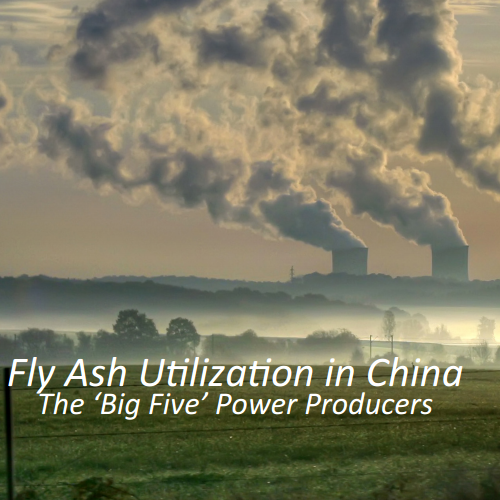Odd-Even Road Rationing: Phase Two in New Delhi
/New Delhi-
The first phase of New Delhi’s odd-even road-rationing scheme was completed in January of this year, the second phase of which will be initiated in mid April. The project aims to properly measure the amount of pollution caused by traffic on any given day. Weather plays a crucial part in measuring carbon emissions with certain times of year being more problematic than others. Winter weather poses issues with irregularity in weather conditions. In cold weather, the polluting particles remain close to the surface of the road and contribute to smog. In the hotter months, unstable hydrocarbons and other compounds create a photochemical reaction with NOx emissions and create ozone. Officials are hoping that the second phase will give more accurate readings and help to support local taxation for polluting automobiles and restructuring of public transportation to include 1000 more busses on the road. The safety limit for emissions of this nature is 100 micrograms per cubic meter. Last year from the middle to the end of April saw ranges from 120-250 micrograms per cubic meter.
Restricting vehicles on the road is one component in the cavalcade of changes and reforms being encouraged by industry specialists. A further step in reducing automobile pollution would be to impose discouraging taxation on private vehicles and encourage use of public transport. Fining visibly polluting vehicles and implementing parking curbs have also been tabled at recent government meetings
The Central Pollution Control Board’s focuses their monitoring on roadside emissions when calculating annual pedestrian pollution. Anumita Roy Chowdhury, head of the clean air program at the Centre for Science and Environment says that the odd-even approach of having half of private vehicles off the roads at any given time can be assessed effectively through the CPCB model. She went on to emphasize the importance of a newly defined pedestrian and cycle based infrastructure and taxation that discourages vehicles and drives pollution out of key areas like Okhla industrial area in East Delhi.
IIT Kanpur releases an annual report on national air quality relied on by the government to assess practices regarding pollution control. Private vehicles make up the majority of emissions in populated areas. However, the report also identified other components that make up for 40% of the matter that pollutes in hot weather. These particles are made up of road dust and soil as well as airborne fly ash. The report addresses the issue of poor maintenance when concerned with proper storage and transport of fly ash. Whether in use or not, the summer months dries the fly ash, making it more likely to become airborne.
